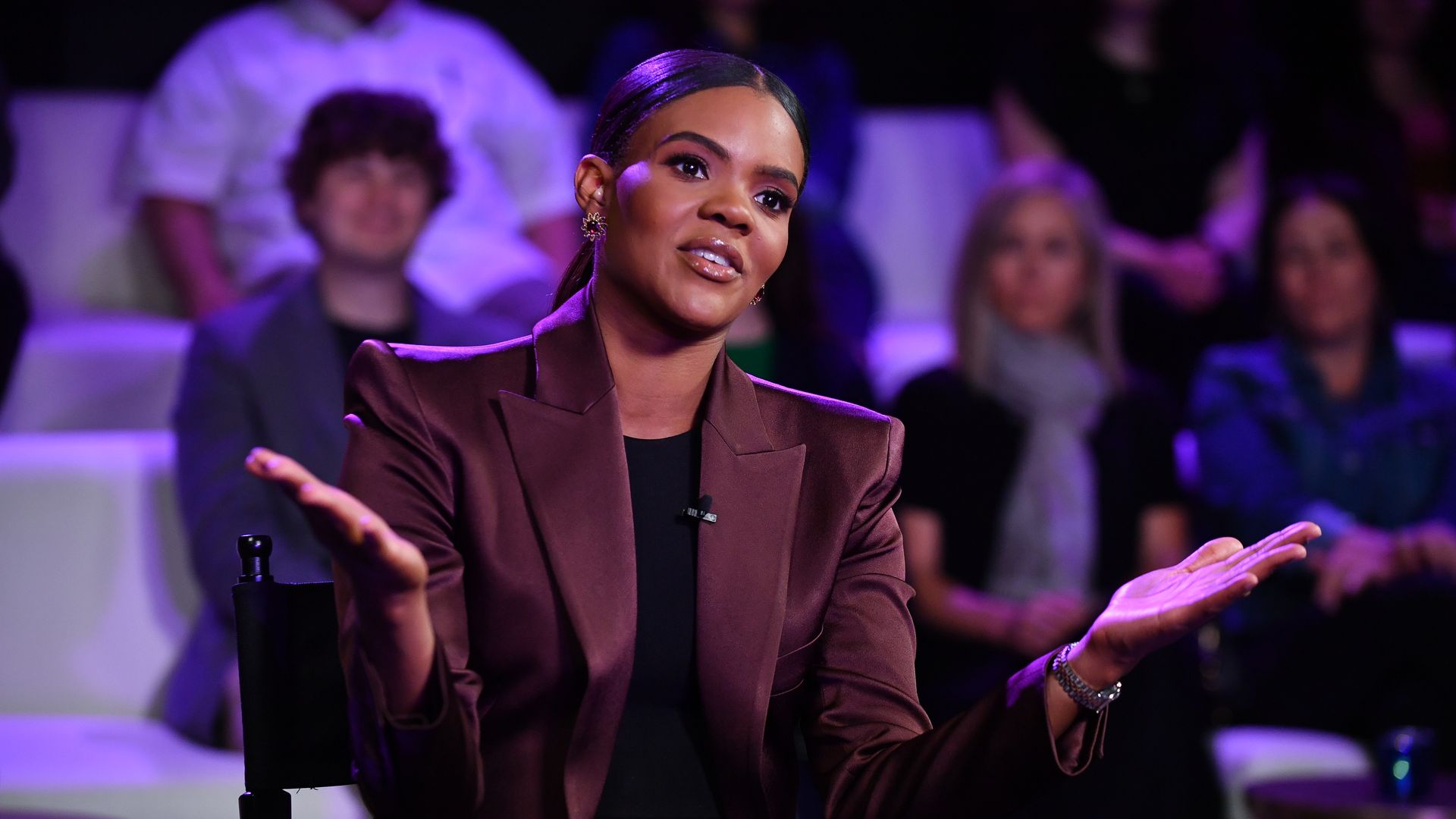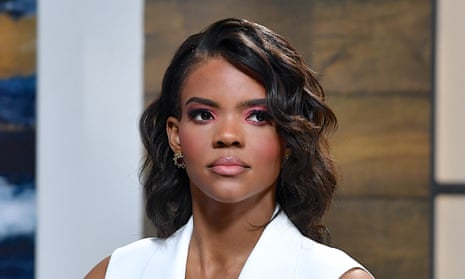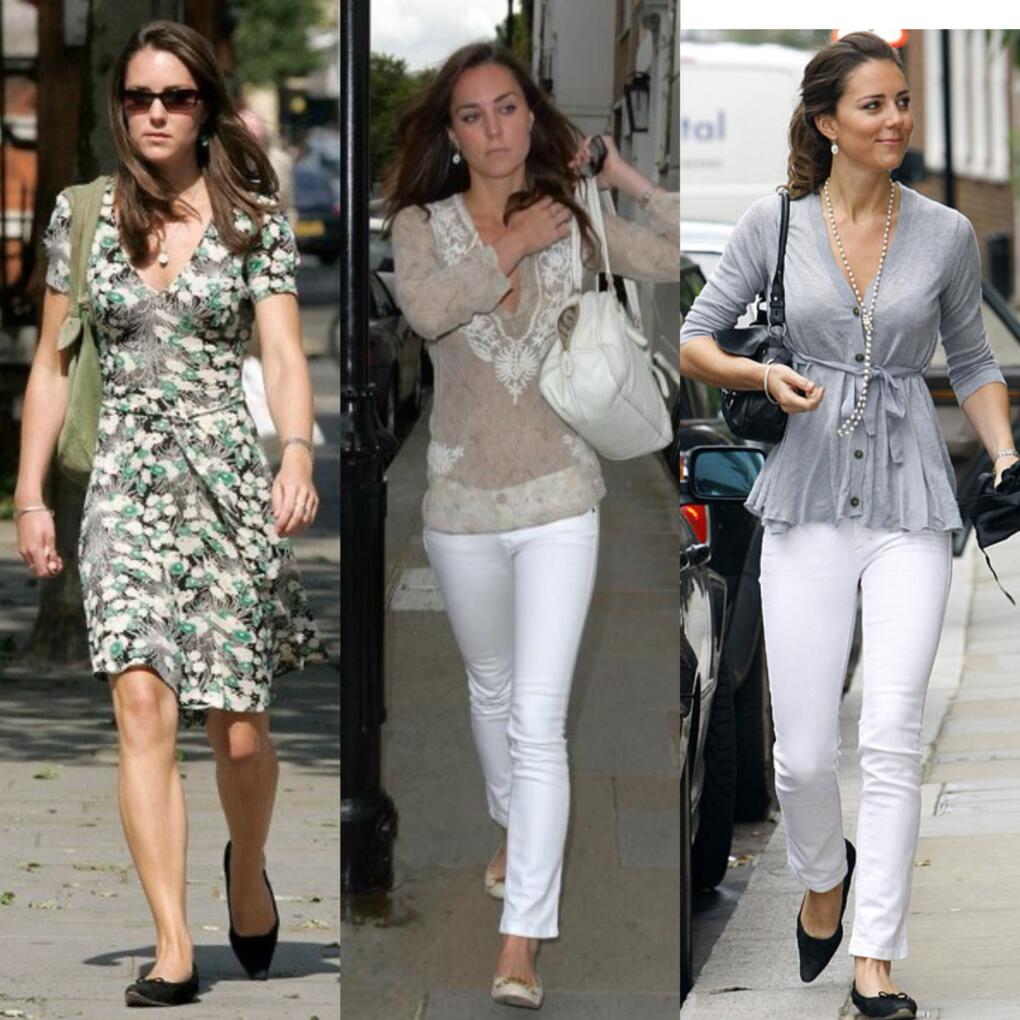MAGA in Turmoil After Charlie Kirk’s Assassination: Grief, Division, and Israel Allegations

The assassination of Charlie Kirk — founder of Turning Point USA and one of the most prominent young leaders in the MAGA movement — has shaken American politics. Yet instead of uniting the right in grief, the tragedy has exposed deep ideological rifts and reignited old rivalries within the conservative ecosystem.
VIDEO:
A Rising Star Cut Short
On September 10, 2025, Kirk was shot and killed during an event at Utah Valley University. At only 31 years old, he had already become a central figure in shaping the next generation of MAGA politics. His organization, Turning Point USA, served as both a training ground for conservative activists and a platform for his own fiery brand of culture-war rhetoric. Kirk leaves behind his wife and two young children, making his death all the more devastating to supporters who saw him as the movement’s future.
President Trump, in an Oval Office address, called Kirk’s killing “a crime that shocked the nation’s conscience” and vowed to crack down on what he described as “radical left forces.” His words underscored a narrative already taking root across conservative media: that Kirk’s death was not just a personal tragedy but an attack on the MAGA movement itself.

From Mourning to Political Weapon
In the immediate aftermath, MAGA leaders and commentators flooded social media with tributes. Candles and flowers appeared outside U.S. embassies and Turning Point headquarters, symbolizing the depth of Kirk’s influence. But the unity proved fragile.
Some figures, including lawmakers and right-wing influencers, quickly framed the assassination as proof of left-wing violence, urging calls for “war” and even the criminalization of the Democratic Party. Others — including certain Republicans uneasy with the rhetoric — warned that politicizing Kirk’s death could spiral into authoritarian overreach. They urged fellow conservatives to focus on the shooter rather than seizing the moment for partisan vengeance.
This split reflects a broader dilemma for the GOP: balancing grief with restraint, or anger with mobilization.

The Israel Divide
The divisions did not stop at questions of blame. Candace Owens, a conservative commentator long known for courting controversy, reignited one of MAGA’s most volatile debates: Israel. Her allegations and criticisms fractured what had been a brief sense of solidarity, with some accusing her of undermining the cause and others praising her for challenging conservative orthodoxy on foreign policy.
The fact that disputes over Israel could pierce even the raw mourning for Kirk shows how central — and divisive — the issue has become for the American right. It also reflects the ongoing evolution of conservative foreign policy, which is no longer monolithic in its support for Israel.

A Movement at a Crossroads
Kirk’s death has turned into more than a moment of grief. It is a mirror reflecting MAGA’s vulnerabilities: a movement torn between loyalty to Trump, growing radicalization, and internal disputes over identity and foreign policy.
For some, Kirk’s assassination will serve as a rallying cry to harden their stance. For others, it is a cautionary tale about where unchecked rage and factionalism can lead. What’s clear is that the MAGA movement, already operating under siege mentality, is now grappling with whether Charlie Kirk’s legacy will unify or further divide it.
Kate Middleton’s Silent Sacrifices: The Three Choices That Changed Her Forever


When Catherine Middleton walked down the aisle of Westminster Abbey in 2011, the world saw a radiant young bride stepping into history. To the millions watching, she was the commoner who had captured the heart of a future king. Her smile seemed effortless, her poise unshakable, her future dazzling. But beneath the fairytale veil lay a reality few could have imagined: marriage into the royal family would require three extraordinary sacrifices—sacrifices that would shape not only her life, but her very identity.
The First Sacrifice: Her Health for the Crown
Royal watchers know that one of Kate’s first and greatest duties was to secure the line of succession. The pressure was immense. Prince George arrived in 2013, and while the world was still cooing over the newborn prince, whispers already began:
Barely a year later, Kate was pregnant again. For many women, back-to-back pregnancies are exhausting; for Kate, it was a matter of royal duty. By the time Princess Charlotte was born in 2015, followed by Prince Louis in 2018, Catherine had endured years of hyperemesis gravidarum—severe pregnancy sickness so debilitating that she often needed hospitalization.
To the outside world, she was glowing. But those close enough to glimpse behind the palace gates saw a woman who had given her health to the monarchy. Even now, some suggest the toll of those years explains why she occasionally looks more fragile, older than her age. For William, she gave children. For the Crown, she gave her body.
The Second Sacrifice: Her Freedom
Before she was a duchess, Kate was a girl with dreams, ambitions, and talents of her own. A skilled photographer, a college graduate, and someone with a natural flair for business, she might have pursued a creative or entrepreneurial career.
But the day she said “I do,” she lost the one freedom most people take for granted: the right to choose her own work. Unlike Princess Diana, who carved out her own path through charity, Kate entered a monarchy that expected quiet discipline, not rebellion. Every public appearance is carefully planned, every project meticulously vetted. Even the charities she champions are shaped by what the institution deems “suitable.”
She is admired worldwide as the future queen consort, yet the price is invisibility of a certain kind. Catherine no longer belongs to herself—she belongs to history.
The Third Sacrifice: Her Personal Style
Fashion once seemed like a carefree part of her life. In her twenties, Kate was spotted at nightclubs in sparkly tops, skirts above the knee, even the occasional tank top. She looked like any young woman enjoying her freedom.
But after her engagement to Prince William, that wardrobe was quietly retired. Gone were the short skirts and playful outfits. In their place came a uniform of modest dresses, carefully hemmed just below the knee, paired with sheer tights and sensible heels. Jewelry became subtle, hair perfectly polished. Every detail was curated not for Kate, the young woman—but for Catherine, the Duchess of Cambridge.
Today, she’s considered one of the most elegant women in the world. But the transformation came at a cost. Style, once a reflection of her personality, became a tool of diplomacy, tradition, and public expectation. Even her shoes became a matter of scrutiny, with reports suggesting she was quietly discouraged—perhaps even forbidden—from wearing flats.
A Heavy Price for a Heavy Crown
To the outside world, Catherine has everything—wealth, privilege, admiration, even the love of a husband destined to be king. Yet to those who look more closely, her journey tells a different story: one of quiet endurance, discipline, and sacrifice.
She gave her health to produce heirs.
She surrendered her freedom to serve the Crown.
She reshaped her identity to fit the mold of royalty.
And still, she smiles. Still, she kneels down to children in the crowd. Still, she laughs with William in moments of stolen lightness. That, perhaps, is Catherine’s greatest triumph: not that she sacrificed, but that she did so without losing her humanity.
For every photograph of Kate in a tiara, there is an unseen truth—the cost of her crown was not measured in diamonds, but in sacrifices only a few women in history could understand.








